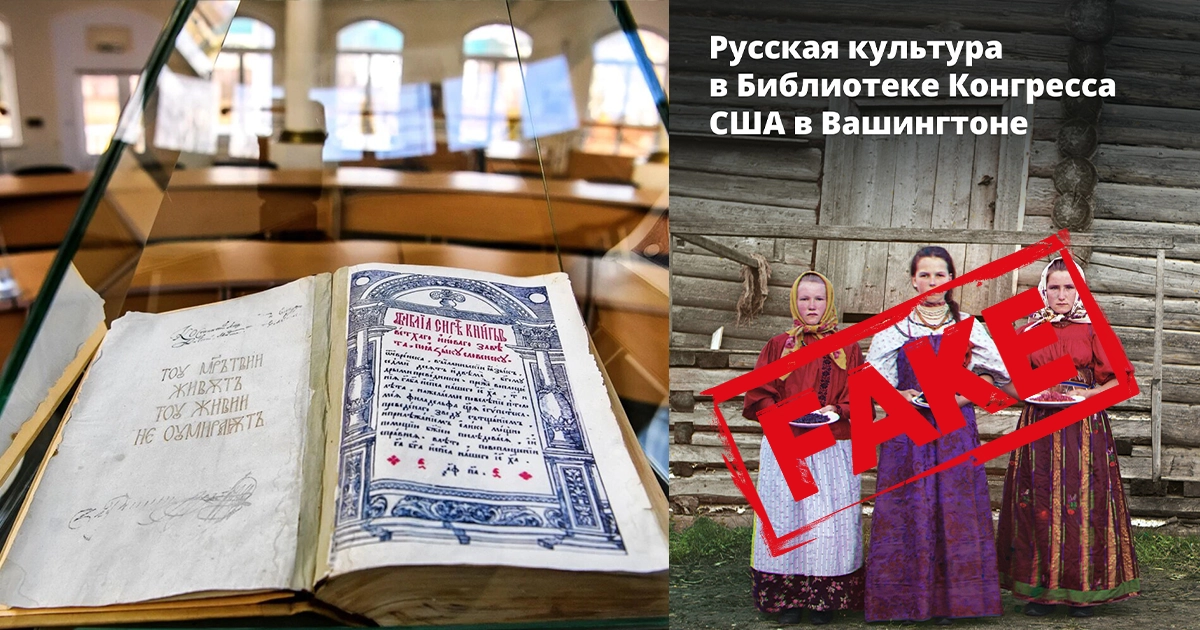On September 16, the official page of the U.S. Embassy in Moscow published a post about “precious old prints and manuscripts,” mistakenly describing the Ostroh Bible as part of “Russia’s literary heritage.”
The error sparked outrage, since the Ostroh Bible has no connection whatsoever to Russian culture. It is, in fact, the first complete printed edition of the Holy Scriptures in Church Slavonic, published in 1581 in the Ukrainian city of Ostroh through the efforts of Prince Konstantin-Vasyl Ostrozky.
Leading philologists and theologians were engaged in preparing the text, carefully comparing the Greek originals with Slavonic manuscripts. The book was printed by Ivan Fedorov (also known as Fedorovych), a pioneering printer famous for his editions of the Apostle and the Primer. Produced in Fedorov’s Ostroh printing house, the Ostroh Bible was a monumental volume of 1,256 pages and is widely recognized as a masterpiece of 16th-century publishing.
The Ostroh Bible was of enormous importance for Ukrainian Orthodoxy and education, unifying liturgical texts and strengthening the position of the Orthodox tradition within the Polish–Lithuanian Commonwealth. Although some copies later circulated in Muscovy, this does not make the work “Russian.” On the contrary, printing in Muscovy was long considered “heresy,” underscoring the absence of any historical link between Moscow and the Ostroh Bible.
The U.S. Embassy’s mischaracterization reflects a disregard for historical context and a failure to respect Ukraine’s rich cultural and spiritual heritage.
